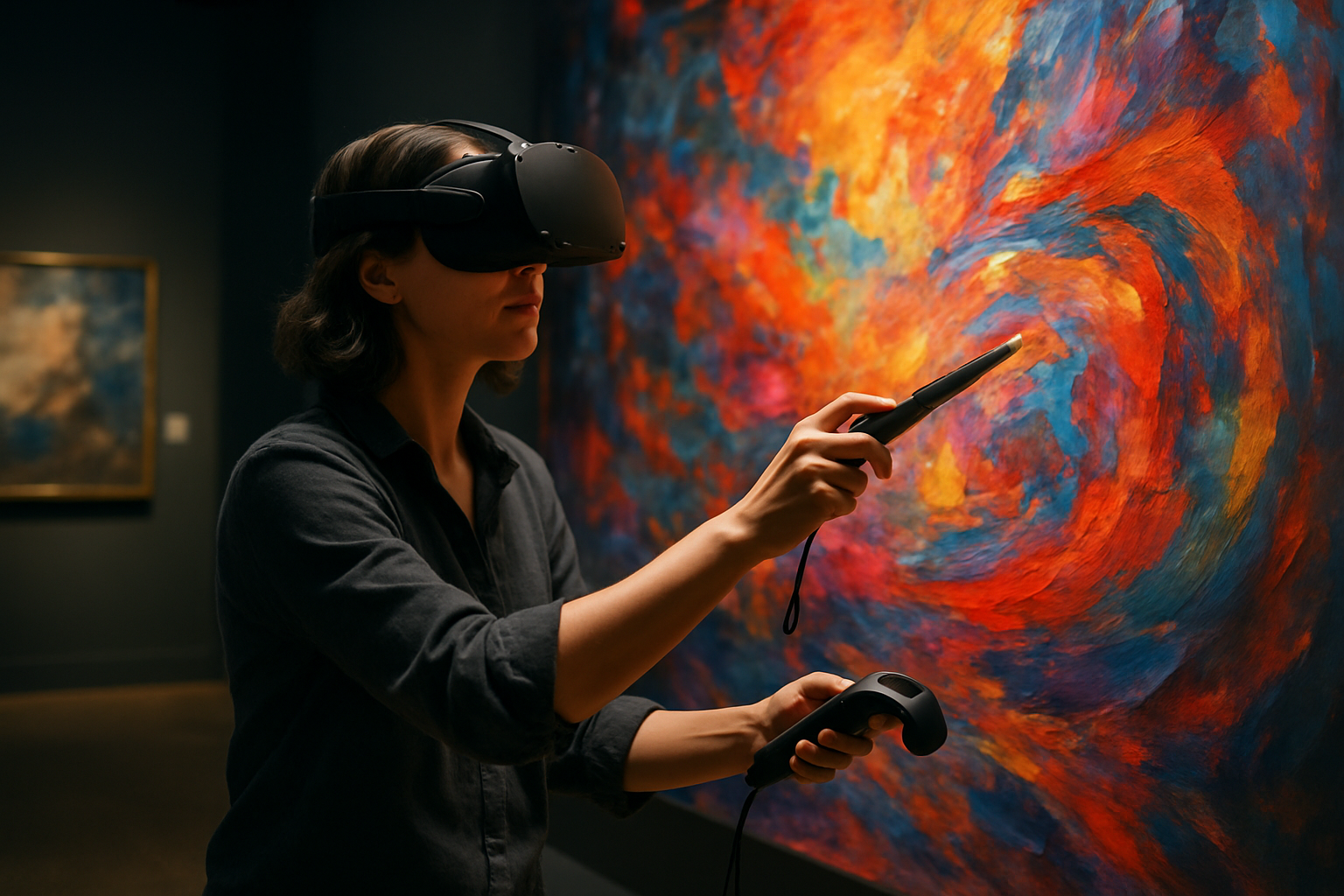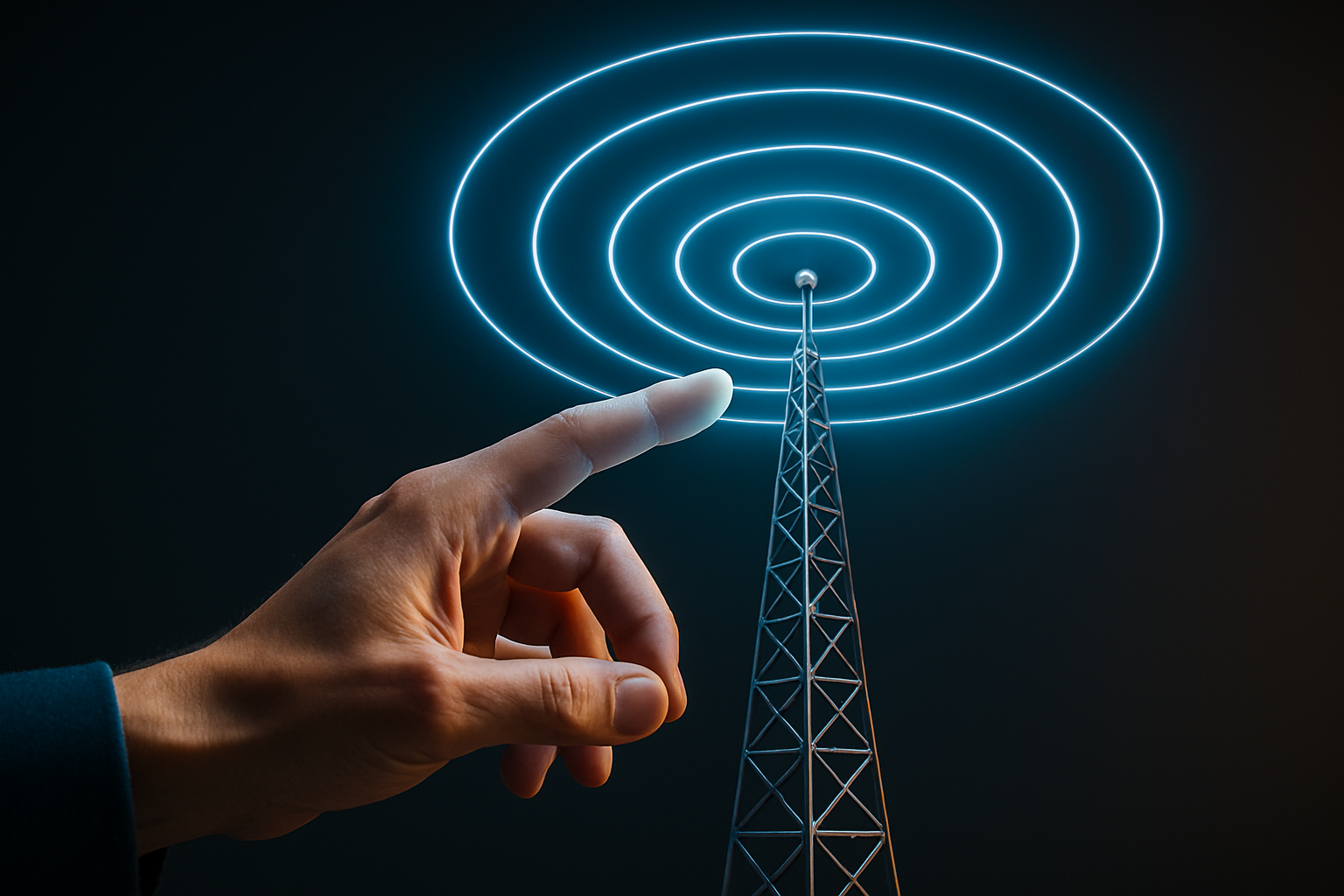Delving into the World of Virtual Reality Art: A New Frontier in Creative Expression
Introduction: In the ever-evolving landscape of the arts and entertainment industry, one of the most intriguing developments is the rise of virtual reality (VR) art. This immersive, interactive medium is transforming the way we experience and engage with art, offering a fresh perspective on creative expression.

A Brief History of Virtual Reality Art
Virtual reality technology has its roots in the mid-20th century, but it wasn’t until the 21st century that artists began to explore its potential as a medium for artistic expression. Early pioneers like Char Davies and Jeffrey Shaw paved the way, creating immersive environments that challenged traditional notions of space and perspective. Over the past decade, VR art has grown in popularity, with artists and institutions worldwide embracing its potential for creating unique, immersive experiences.
The Current State of Virtual Reality Art
Today, VR art is a burgeoning field, with artists pushing the boundaries of what’s possible. From virtual galleries and exhibitions to interactive installations and performances, VR art offers a myriad of ways to engage with art. It’s not just confined to the realm of visual art either. Musicians, dancers, and theater companies are also exploring the possibilities of VR, creating immersive performances that transport audiences to new worlds.
The Impact and Significance of Virtual Reality Art
The impact of VR art is twofold. On one hand, it’s transforming the way we experience art, allowing us to interact with artworks in ways previously unimaginable. On the other hand, it’s democratizing art, making it more accessible to a wider audience. With VR, anyone with a headset can explore a virtual gallery or participate in an interactive performance, regardless of their physical location. This has significant implications for the future of the arts and entertainment industry, potentially opening up new markets and audiences.
Reception of Virtual Reality Art
The reception of VR art has been largely positive, with critics praising its ability to create immersive, interactive experiences. However, it’s not without its challenges. Some critics argue that the technology can be isolating, creating a barrier between the viewer and the artwork. Others question whether VR art can ever truly replicate the experience of viewing a physical artwork. Despite these debates, it’s clear that VR art is here to stay, with artists and institutions continuing to explore its potential.
Looking Ahead: The Future of Virtual Reality Art
As VR technology continues to evolve, so too will the possibilities for VR art. Artists are already experimenting with augmented reality (AR) and mixed reality (MR), creating hybrid experiences that blend the physical and virtual worlds. Meanwhile, institutions are exploring ways to incorporate VR into their programming, from virtual tours and workshops to VR-based educational initiatives. While it’s still early days, it’s clear that VR art represents a new frontier in creative expression, one that’s set to transform the arts and entertainment industry in the years to come.
In conclusion, the world of virtual reality art is a fascinating realm of exploration. As technology continues to evolve, artists and audiences alike can look forward to a future where art is not just something to be observed, but something to be experienced in a whole new way.





